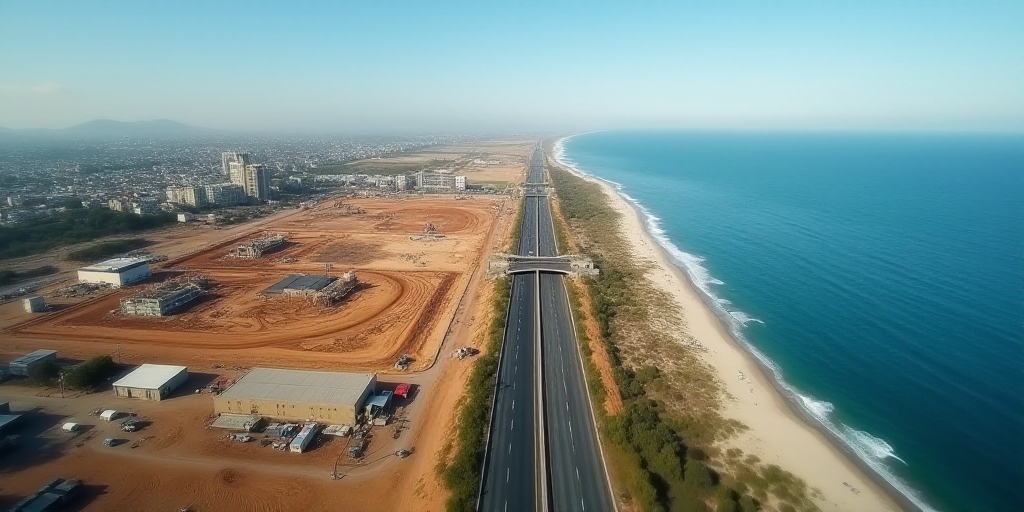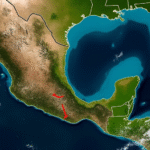Background on Cemex and Greenpeace’s Allegations
Cementos de México (Cemex) faced a setback when the Mexican environmental regulatory body, the Secretaría de Medio Ambiente y Recursos Naturales (Semarnat), denied them the necessary environmental permits for deforestation and quarrying in Tulum, Quintana Roo. The project, known as the Banco de Materiales (sascabera) with a Trituradora and Planta de Cribado for calcium carbonate exploitation, was intended to take place on 650 hectares of forested land.
Semarnat’s Decision and Greenpeace’s Involvement
Semarnat informed Cemex on June 27 that it could not grant the change of land use required for the project to proceed in forested areas. This decision stems from the fact that the targeted land is covered by forest vegetation, necessitating federal authorization for changing forest land use. This authorization was denied to Cemex.
Greenpeace had previously denounced the issuance of numerous permits for new limestone quarries in Quintana Roo’s jungle, which they claimed mirrored the predatory pattern employed by Vulcan Materials in Playa del Carmen for over three decades through its subsidiary Calica.
Military Quarrying Permits and Greenpeace’s Concerns
Despite Semarnat’s denial of permits to Cemex, Greenpeace raised concerns about at least thirty additional authorization approvals for new limestone quarries in Quintana Roo’s jungle, with a significant portion attributed to the Secretaría de la Defensa Nacional (the Mexican military).
Greenpeace staged a symbolic takeover of Semarnat’s delegation in Cancún’s hotel zone, alleging that military-managed quarries in Quintana Roo have started exploiting the subsoil without proper permits. They claim that Semarnat has granted “temporary permissions” allowing these entities to devastate large areas of ecosystems teeming with life, only to later apply for environmental authorization.
Greenpeace’s Demands and Activist Carlos Samayoa
Carlos Samayoa, coordinator of Greenpeace’s “Al grito de selva” campaign, expressed concern during a recent protest in Cancún: “We cannot continue losing our jungle at this alarming rate. Semarnat must put an end to the intense deforestation of the Mayan jungle, exacerbated by sascaberas using tractors to uproot trees and dynamite to shatter countless hectares of thriving ecosystems. It seems that instead of halting this devastation, the process has merely been nationalized and is now being authorized—a dangerous model that must be stopped without delay.”
Key Questions and Answers
- What is Cemex’s project in Quintana Roo? The project, called Banco de Materiales (sascabera), aimed to clear 650 hectares of forest in Tulum for calcium carbonate exploitation using a trituradora and planta de cribado.
- Why did Semarnat deny Cemex’s permits? Semarnat denied the change of land use required for the project to proceed in forested areas, as the targeted land is covered by forest vegetation and needed federal authorization for changing forest land use.
- What are Greenpeace’s concerns? Greenpeace denounced the issuance of numerous permits for new limestone quarries in Quintana Roo’s jungle, claiming they mirror the predatory pattern employed by Vulcan Materials in Playa del Carmen. They also raised concerns about military-managed quarries operating without proper permits.
- What actions has Greenpeace taken? Greenpeace staged a symbolic takeover of Semarnat’s delegation in Cancún’s hotel zone to protest against the devastation of Quintana Roo’s jungle.






